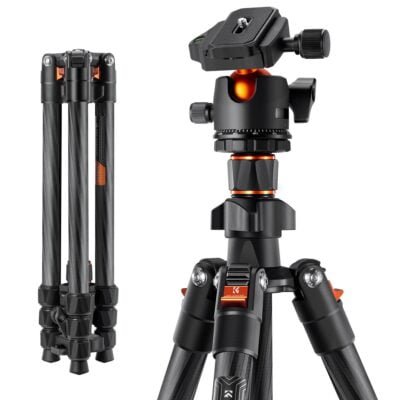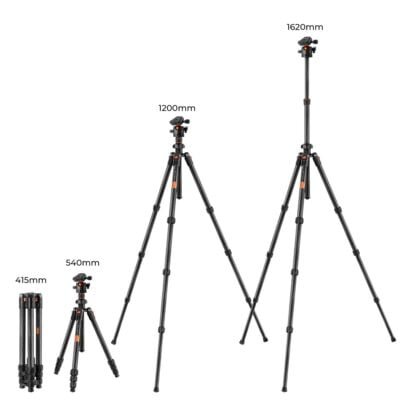The Unsung Hero of Photography: Exploring the World of Camera Tripods
In the ever-evolving world of photography, where cameras are becoming more advanced and portable, there’s one piece of equipment that often remains overlooked but plays a crucial role in achieving stunning images: the camera tripod. These three-legged wonders provide stability, versatility, and precision, making them an indispensable tool for photographers of all levels. Let’s delve into the world of camera tripods and discover why they are the unsung heroes of photography.
Stability: The Foundation of Great Shots
One of the primary functions of a camera tripod is to provide stability to your camera setup. In photography, even the slightest camera shake can result in blurry images, especially in low light conditions or when using slow shutter speeds. A tripod eliminates this issue by securely holding your camera in place, ensuring sharp and crisp images every time.
Whether you’re capturing a breathtaking landscape, shooting a long exposure shot of a starry night sky, or simply taking a portrait in a controlled studio environment, a stable platform is essential for achieving professional-quality results. A tripod serves as the rock-solid foundation upon which you can build your composition, allowing you to focus on framing and capturing the perfect shot without worrying about camera shake.
Versatility: Adaptability for Every Situation
Camera tripods come in a variety of shapes, sizes, and designs, each catering to different shooting styles and environments. From compact travel tripods ideal for on-the-go photographers to heavy-duty studio tripods capable of supporting professional DSLR cameras and large lenses, there’s a tripod to suit every need.
Furthermore, many tripods feature adjustable legs and center columns, allowing you to customize their height and position to achieve the desired perspective. This versatility is particularly useful when shooting on uneven terrain or in tight spaces where traditional camera setups may be impractical.
Additionally, some tripods come equipped with innovative features such as ball heads, panoramic rotation bases, and quick-release plates, further enhancing their adaptability and ease of use. These features enable photographers to swiftly adjust their camera’s position, switch between landscape and portrait orientations, and capture seamless panoramic images with precision and ease.
Precision: Fine-Tuning Your Composition
In photography, composition is key, and a camera tripod enables photographers to fine-tune their composition with precision and accuracy. By using a tripod, photographers can carefully compose their shots, adjust framing, and experiment with different angles without the risk of destabilizing their setup.
Furthermore, tripods facilitate the use of longer exposure times, enabling photographers to capture intricate details and subtle nuances that may be missed at faster shutter speeds. Whether you’re shooting a majestic waterfall with silky smooth water flow or capturing the vibrant colors of a sunset with a long exposure, a tripod allows you to exercise full control over your exposure settings, resulting in stunning and captivating images.
Conclusion: The Indispensable Tool for Photographers
In the fast-paced world of photography, where technological advancements continue to push the boundaries of what’s possible, it’s easy to overlook the humble camera tripod. However, as we’ve explored, tripods play a crucial role in helping photographers achieve stability, versatility, and precision in their work.
Whether you’re a seasoned professional or an amateur enthusiast, investing in a high-quality camera tripod is one of the best decisions you can make to elevate your photography to the next level. So the next time you head out to capture that perfect shot, don’t forget to bring along your trusty tripod – the unsung hero of photography.
Here is a link to a carbon fibre light weight tripod I would recommend
https://amzn.to/3VMgIq3
Discover more from Adrian Matthiassen - Photographer
Subscribe to get the latest posts sent to your email.



